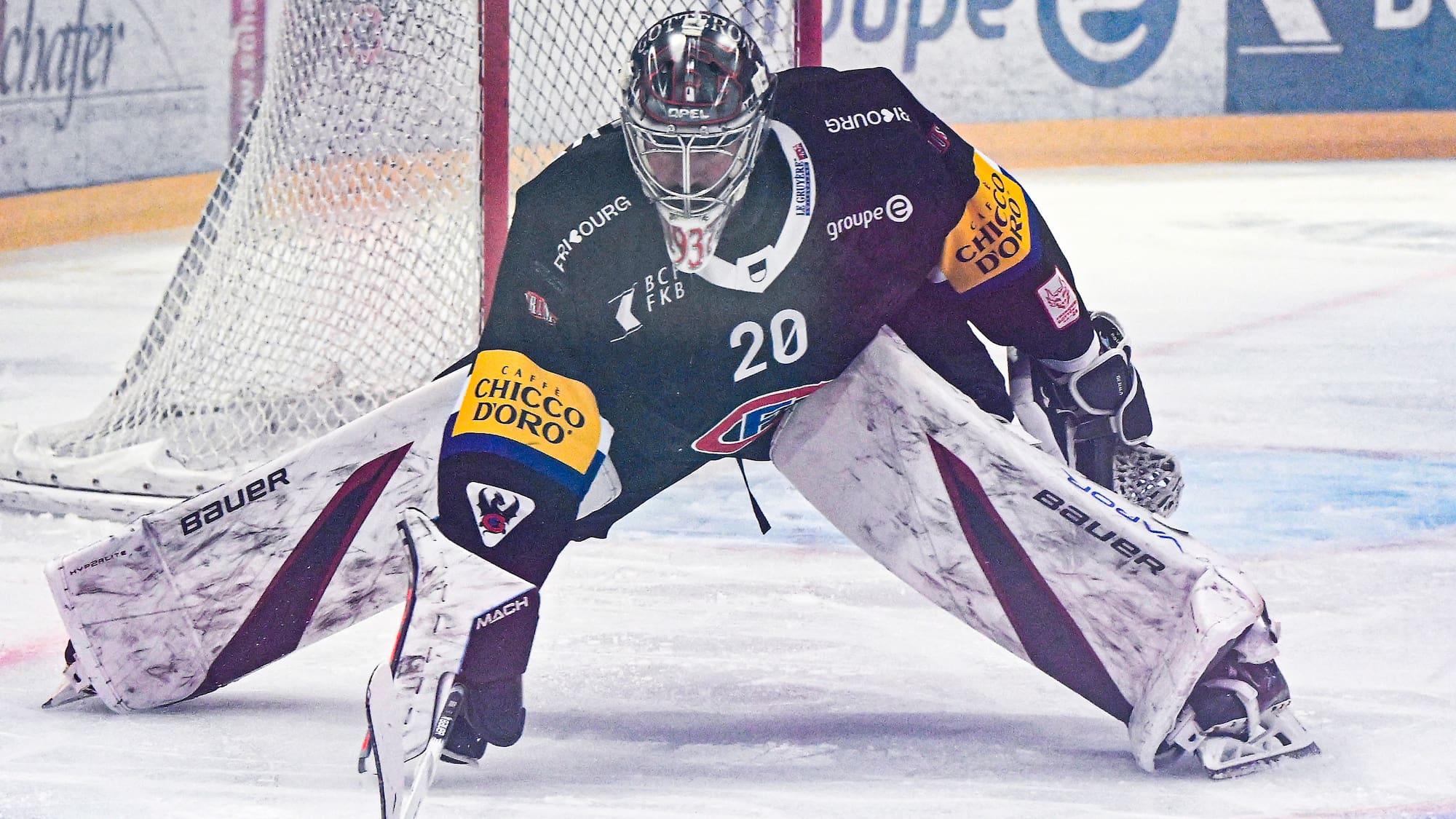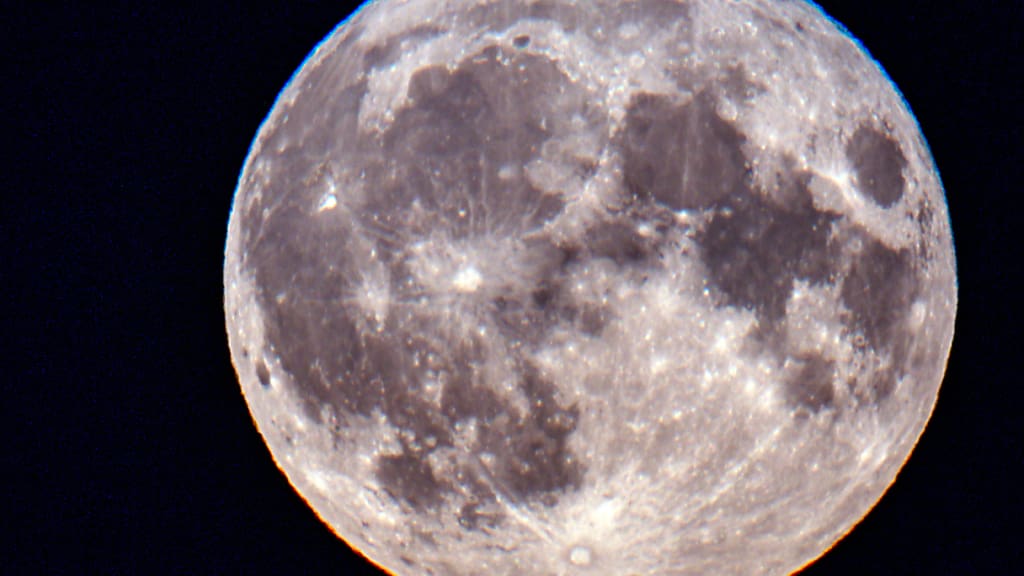class=”sc-cffd1e67-0 iQNQmc”>
Climate change is increasingly becoming a problem for Swiss ski tourism. It is not unusual for ski areas to have insufficient snow to offer day trippers optimal conditions on the slopes. The lower regions in particular can say a few things about this.
A possible way out of the misery is artificial snow cannons. But in the long run this is unlikely to reduce the problem. On the one hand, artificial snowmaking increases water and energy requirements and therefore also CO2 emissions. On the other hand, snowmaking is only possible if the temperature is sufficiently low, which is less and less the case today.
Research team wants to imitate processes in the clouds
So could it soon be time to store your ski equipment in the basement forever? There is hope: Spanish researchers recently made a discovery that could be a long-awaited savior for skiing.
Specifically, the ominously named “Snow Laboratory” project, led by the University of Barcelona’s Institute of Materials Sciences and FGC Turisme, the operator of public ski slopes in Spain, aims to produce artificial snow. In this case, the whole thing should have a less negative impact on the environment.
This is done by adding a mineral to the water that flows into the snow cannons. According to scientist Albert Verdaguer, who leads the project at the university, the aim is to imitate the processes in the clouds.
“Why don’t we take advantage of that?”
Ice is known to form in the atmosphere from water droplets in clouds through a process called ‘ice nucleation’. Pure water droplets can remain liquid at temperatures down to minus 38 degrees Celsius. However, ice formation can also occur at much higher temperatures. This happens when the water droplets interact with particles in the atmosphere, such as aerosols or dust, causing them to freeze.
In this regard, Verdaguer had an aha moment after reading a research paper a few years ago. The point of the article was that a mineral, namely feldspar, is particularly efficient at this process and can cause water droplets to freeze at temperatures around zero degrees.
The researcher thought further and was ultimately faced with the following question: What if feldspar could help make snowmaking more efficient? “We thought: why don’t we take advantage of this?” Verdaguer told CNN.
The conversion rate must increase to 90 percent
By the time they reached the laboratory, the researcher and his team realized they had hit the jackpot with this idea. Laboratory tests have shown that the technology reduces energy costs by about 30 percent and can produce snow at temperatures about one to one and a half degrees warmer than traditional methods.
The conversion ratio, or the amount of snow that comes out of the cannons compared to the amount of water that goes in, has also been optimized. As a rule, this value is around 75 percent, because part of the water remains in the cannon or does not freeze at all and is blown away. Verdaguer estimates that this conversion value will increase to 90 percent thanks to the new working method.
The researcher is extremely optimistic. According to him, about one Coke can of feldspar would be enough to run two snow cannons all season. Whether these predictions actually turn out to be correct in practice will soon become clear.
“This is just to buy us some time.”
In the La Molina ski area, located in the Pyrenees, the snowmaking method will be actively tested over the next three years. If the project proves to be a success, it could also be very interesting for other ski areas. “The question is whether this can be scaled up,” snow scientist Jordy Hendrix told CNN. But he is convinced that the technology makes sense.
Verdaguer and his team have set up several snow cannons in the ski area in recent weeks. The water used must come from a reservoir that mixes with melted snow from the mountains in the spring and is not used as drinking water.
Verdaguer especially hopes the new method will provide respite for struggling mountain communities that rely heavily on snow. “We don’t want all the ski areas to be closed in five or ten years and not have time to do anything for the economies of the regions. This is just to buy us some time.” (ced)
Source: Blick
I am Amelia James, a passionate journalist with a deep-rooted interest in current affairs. I have more than five years of experience in the media industry, working both as an author and editor for 24 Instant News. My main focus lies in international news, particularly regional conflicts and political issues around the world.







